Geely Auto will officially return to South Africa next month. Here’s my article that appeared on the Cars.co.za website.
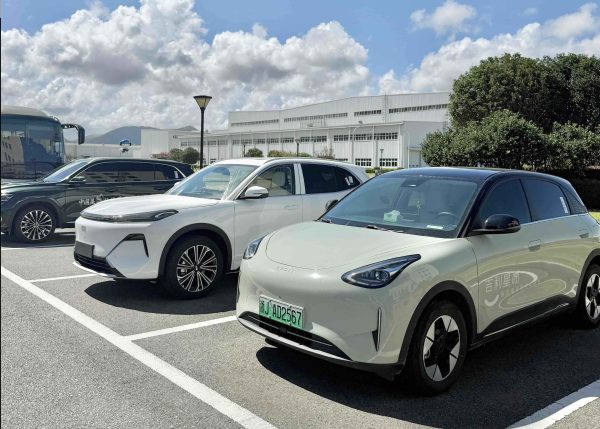
Ahead of its official launch in the Republic, Geely Auto South Africa took local media representatives to its HQ in Hangzhou, China, to learn more about the brand. The tour also included a stop at its Linhai factory that builds (new-energy vehicles (NEVs), which is located about 3 hours outside of Hangzhou.
Geely Auto’s parent company – Zhejiang Geely Holding Group – owns well-known brands such as Volvo, Polestar, Lynk&Co, Zeekr, Lotus, as well as Geely Galaxy under its passenger-vehicle portfolio.
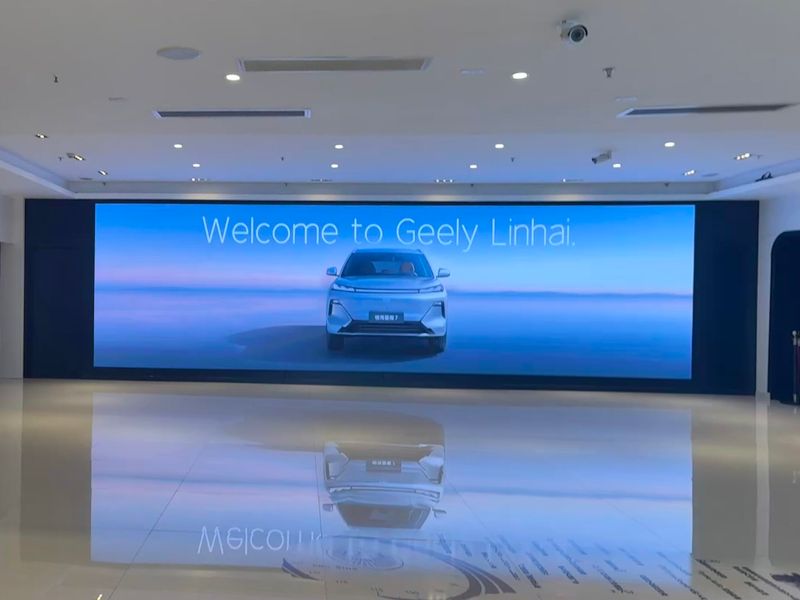
It also holds a significant stake in Proton (a 49.9% share) and is the largest investor in Mercedes-Benz, in which it holds a 9.69% stake. Geely is also in a joint venture with the German manufacturer as co-owner of the Smart brand.
While Zhejiang Geely Holding Group did not outright confirm which brands would follow Geely Auto to the South African market, it hinted at the possibility of sub-brands like Lynk&Co, Zeekr, and Smart heading our way, based on market conditions.
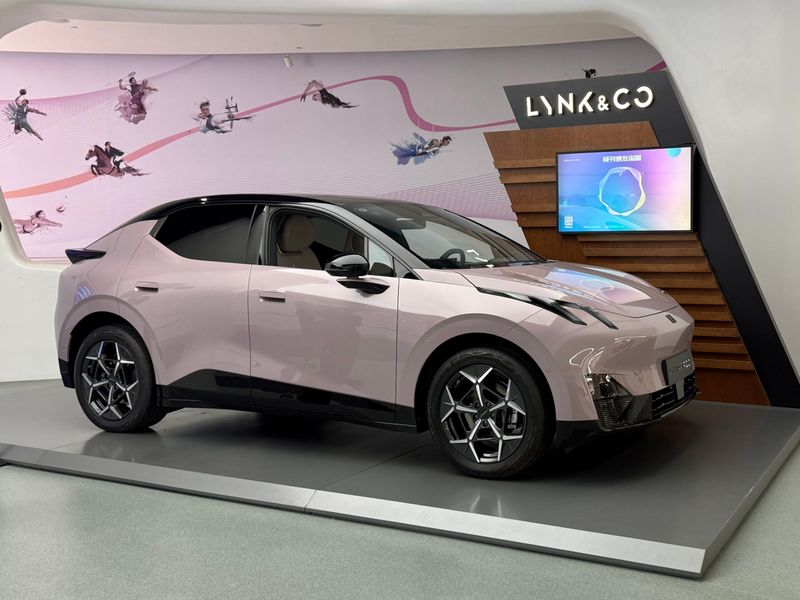
And that’s not a remote possibility – Cars.co.za reported in March 2025 that Geely had applied to trademark its NEV commercial portfolio, Farizon Auto, alongside Geometry and Zeekr, in South Africa.
Geely develops its technology in-house, and to achieve this, it has acquired key partners. The company has created the Flyme Auto operating system for a seamless, smartphone-like user interface, and the ZeekrOS with advanced AI-driven features.
It also develops its own batteries and a proprietary autonomous driving platform called G-Pilot.
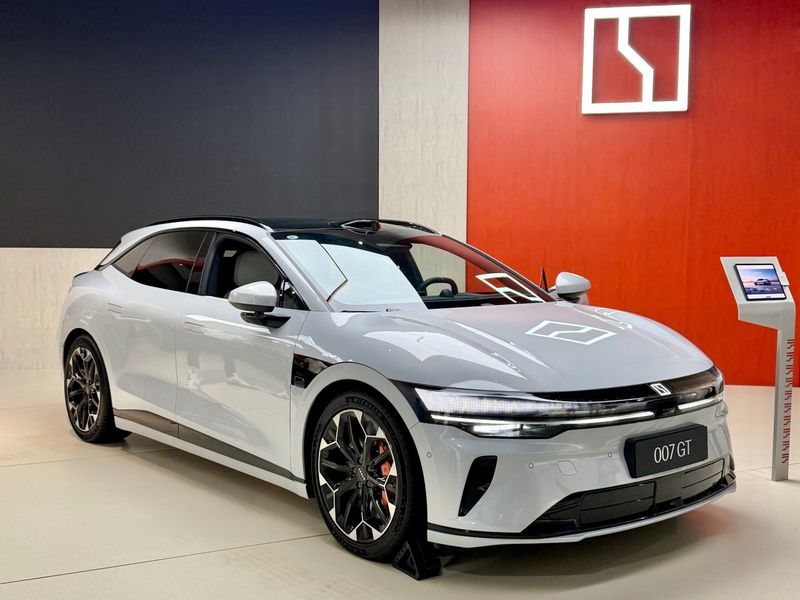
As of August 2025, it has 41 operational Geespace satellites to power its autonomous features. As such, Geely positions itself as a vertically integrated mobility and technology company.
South African strategy and vehicles
Geely Auto’s strategy for global markets is to push NEVs instead of traditional ICE models; however, it acknowledges that the South African market still relies on both, which is what it will focus on.
The company says it has signed on 35 dealers and plans to bring the total to 40 dealerships in South Africa in time for its launch, later in 2025, with a focus on Gauteng, Cape Town and Durban.
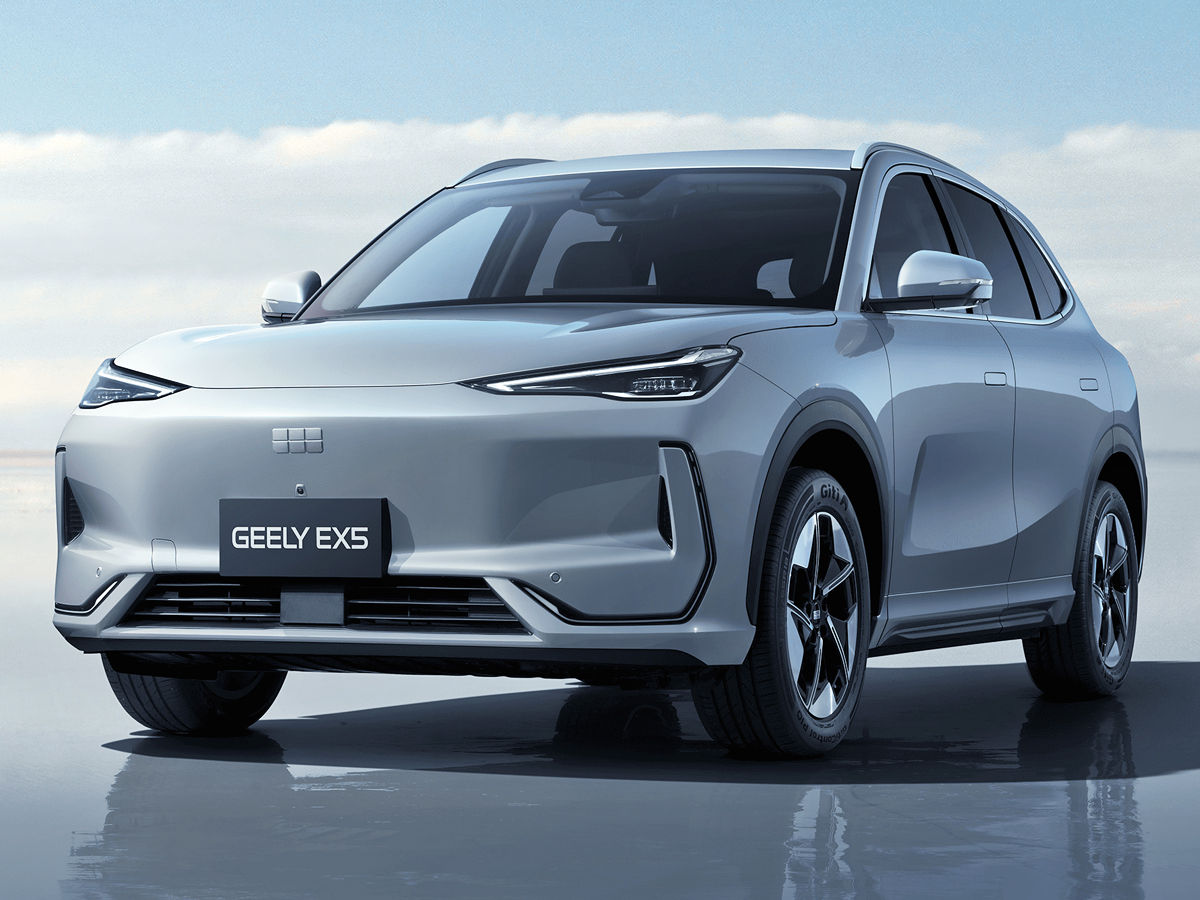
The current split is 14 dealers in Gauteng, 7 in KwaZulu-Natal, 6 in the Western Cape, 2 each in the Eastern Cape and Mpumalanga, followed by 1 each at the remaining 4 provinces.
According to a product roadmap Geely Auto shared in China, the first 2 vehicles heading to Mzansi in October 2025 are the Geely EX5 in battery-electric vehicle (BEV) and plug-in hybrid (PHEV) guise.
It will be followed by the Geometry (Geome) E22H electric compact hatchback to compete with the BYD Dolphin, and an all-electric pick-up, the Riddara RD6, in the first half of 2026.
Two ICE vehicles are slated for the 2nd half of 2026: the Geely Coolray compact family car (small crossover) and the Geely Monjaro family car (medium SUV, see the brief driving impression below).
The exact model names may differ from what is used abroad and will be confirmed at launch.
Geely’s current plan is to sell 13 000 units in Mzansi in 2026, which it calls its “harvest year”, followed by 15 000 units in 2027 and an ambitious 20 000 units in 2028 (from up to 80 dealerships at that point).
In 2024, Geely Holding’s global sales were 3.36 million, with 1.487 million making up NEVs, which makes up 45% of its portfolio. Its NEV sales saw a 52% year-on-year growth, according to the company.
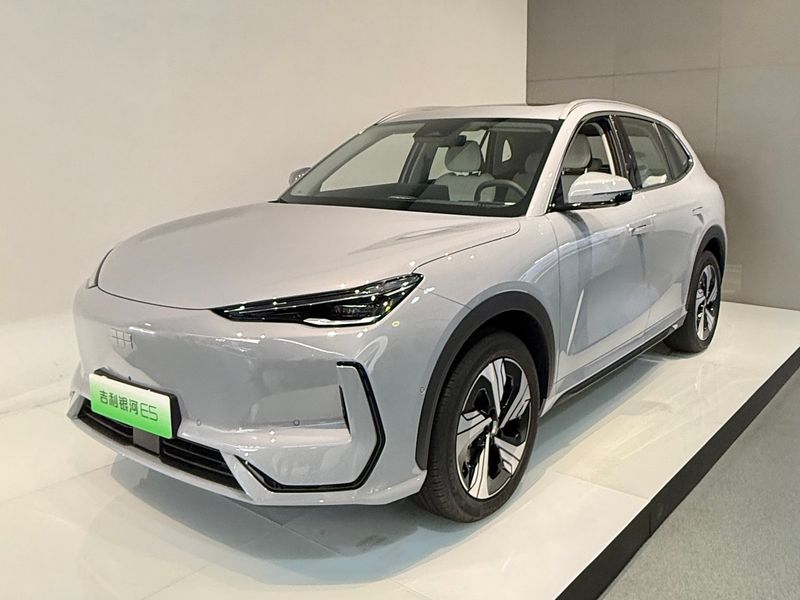
Launch Model: Geely Auto EX5
The EX5 (known as the E5 in China) will offer a unique feature: front seats that fold completely flat, with 6-mode massaging seats for the driver and front passenger, as well as ventilated and heated seats.
This BEV version of the crossover produces 160 kW with 320 Nm of torque and is said to accelerate from zero to 100 kph in 6.9 seconds. And, for what it’s worth, it has a claimed top speed of 180 kph.
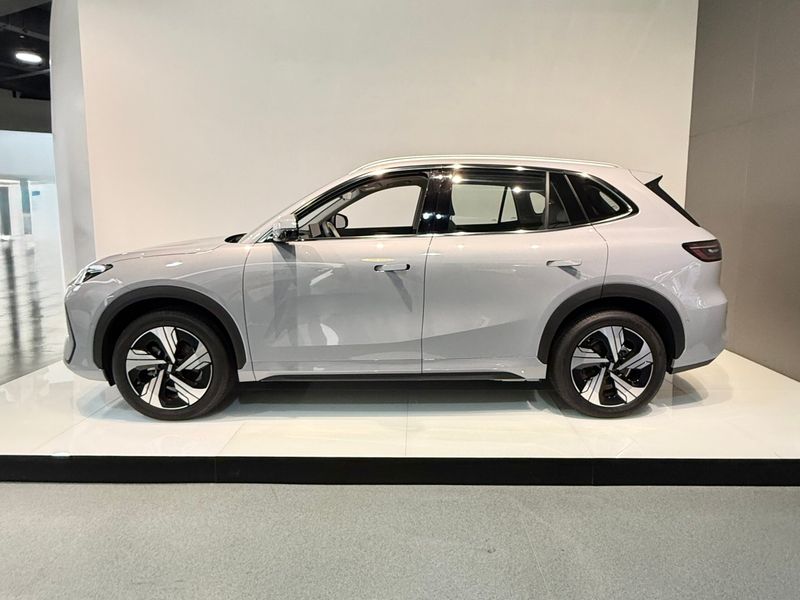
While Geely did not share the EX5 EV’s battery capacity, it claims to offer charging speeds that exceed the industry average by 30%. It says a 10-minute fast-charge (using DC) yields 135 km of range, when compared with the BYD Atto3, for example, which would yield 110 km.
The firm further says the battery can sustain 3 500 charge cycles, with a 1 000 000 km mileage lifespan.
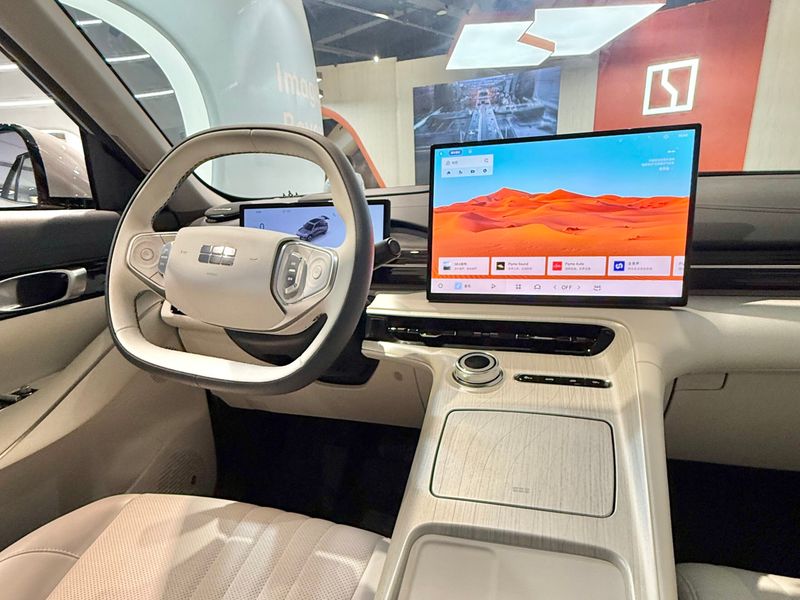
In-vehicle tech to look forward to includes a 15.4-inch touchscreen infotainment system powered by a 7nm chip with 16GB of RAM and 64GB of storage, suited for gaming and watching movies.
A 10.2-inch instrument cluster offers an HD resolution in full colour, with a real-time display of road conditions and traffic. The display can be customised to view multimedia, driving data or tyre pressures.
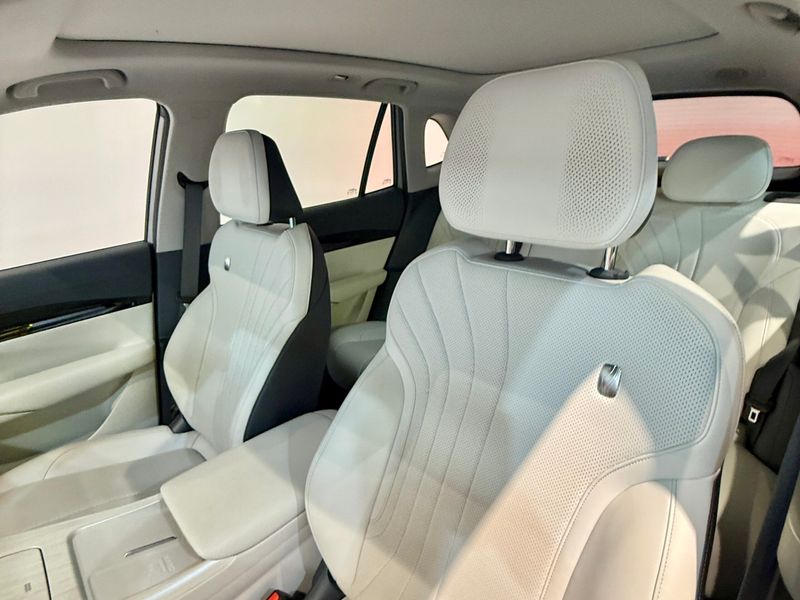
And if that wasn’t enough, a large (13.8-inch) head-up display will offer relevant driving information.
An accompanying app will allow for remote vehicle functionality, vehicle status monitoring, charging info and location tracking.
Continue reading on Cars.co.za
Nafisa Akabor
Related posts
ABOUT

Recharged is an independent site that focuses on technology, electric vehicles, and the digital life by Nafisa Akabor. Drawing from her 18-year tech journalism career, expect news, reviews, how-tos, comparisons, and practical uses of tech that are easy to digest. info@recharged.co.za





